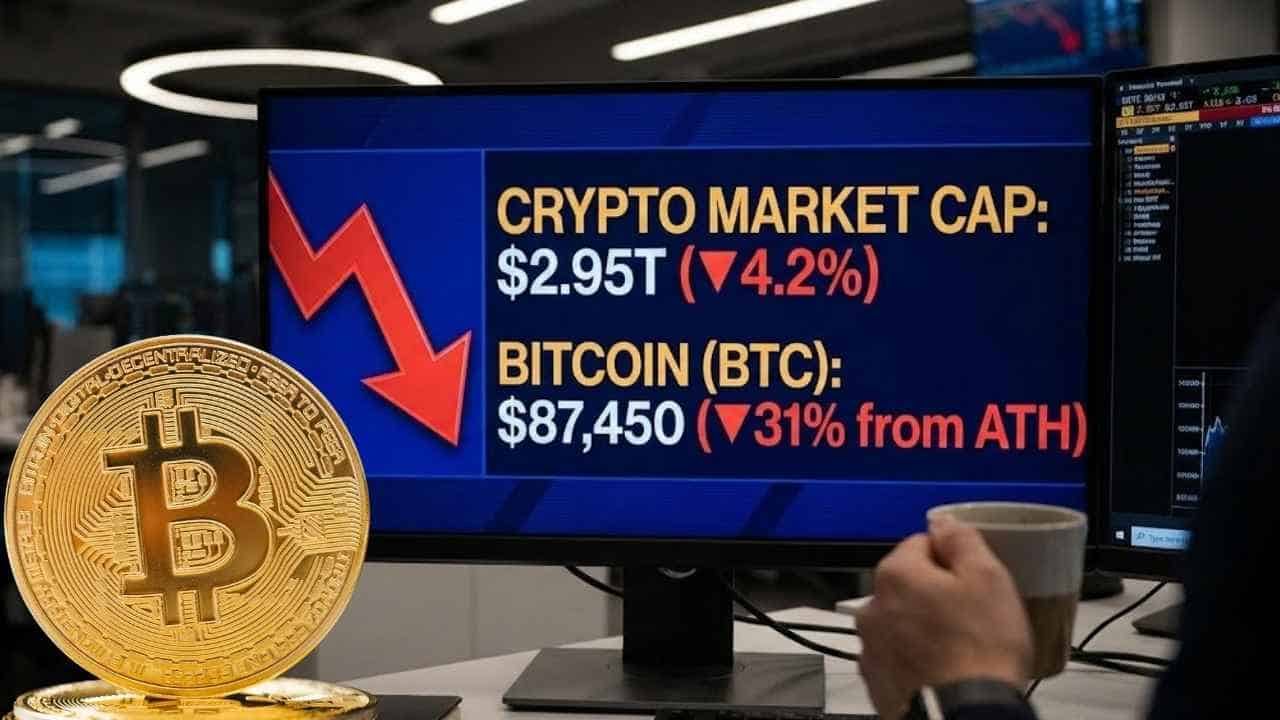In the ever-changing world of finance, traditional practices are being reimagined through the lens of modern technology. This journey from physical pawnshops to crypto-backed loans reveals a fascinating transformation in how we view value, collateral, and financial accessibility.
The Traditional Pawnshop Model
For centuries, pawnshops have served as a quick and accessible source of short-term loans for those needing immediate cash. The process is simple: an individual brings in a valuable item, and the pawnbroker assesses its worth and offers a loan based on that value. The pawned item serves as collateral, which the borrower can reclaim upon repaying the loan with interest.
The Digital Transformation of Collateral
Fast forward to today, and we see a similar principle applied in a radically different context. The rise of cryptocurrencies has given birth to a new form of collateral-based lending that mirrors the pawnshop model in many ways yet operates entirely in the digital realm.
Crypto-Backed Loans: A Modern Take on Pawning
Crypto-backed loans operate on a premise similar to traditional pawning. Instead of physical items, borrowers use their cryptocurrency holdings as collateral to secure loans in fiat currency. This arrangement allows crypto investors to access liquid funds without selling their digital assets, potentially preserving their long-term investment strategy.
The Mechanics of Digital Collateral
The process of obtaining a crypto-backed loan is surprisingly straightforward:
- Asset Deposit: Borrowers transfer their cryptocurrency to a secure wallet controlled by the lender or a third-party custodian.
- Valuation: The loan amount is determined based on the current market value of the deposited crypto assets.
- Loan Issuance: Once approved, the loan is typically funded within hours, often much faster than traditional bank loans.
- Repayment: The borrower repays the loan with interest, similar to a pawnshop loan.
- Asset Return: The crypto collateral is returned to the borrower upon full repayment.
Bridging the Old and the New
To fully appreciate the innovation of crypto-backed loans, it’s worth asking: what does it mean to pawn something in the traditional sense? Pawning typically involves temporarily exchanging a physical item of value for a short-term loan. The pawnbroker holds the item as security, and the borrower can reclaim it by repaying the loan with interest within a specified period.
Crypto-backed loans take this centuries-old concept and apply it to the digital realm. Instead of a physical item, the collateral is a digital asset. The fundamental principle remains the same: the borrower risks losing their valuable asset if they fail to repay the loan. However, the nature of the asset and the systems managing the loan have undergone a radical transformation.
Risks and Rewards in the Crypto Lending Space
Much like pawning an item risks losing it if the loan isn’t repaid, crypto-backed loans come with their own challenges. The volatility of cryptocurrency markets can cause the value of the collateral to fluctuate significantly. If the value falls below a set limit, borrowers might face margin calls, forcing them to provide more collateral or risk liquidating their assets.
On the flip side, these loans offer a way for crypto holders to leverage their assets without triggering taxable events that would occur if they sold their holdings. This can be particularly attractive in bull markets when investors are hesitant to sell but need access to cash.
The Impact on Traditional Finance
The emergence of crypto-backed loans challenges traditional financial institutions to reevaluate their approach to collateral and lending. Some forward-thinking banks are already exploring ways to integrate cryptocurrencies into their existing loan products, recognizing the growing demand for such services among their clientele.
Regulatory Challenges and Opportunities
As with any financial innovation, the regulatory landscape for crypto-backed loans is still evolving. Regulators are working to develop new frameworks that can accommodate these innovative financial products while still protecting consumers and maintaining market stability. This regulatory evolution is crucial for the long-term viability and mainstream adoption of crypto-backed lending.
The Future of Digital Collateral
We will likely see continued innovation as the crypto market matures and becomes more integrated with mainstream finance. Some potential developments include:
- Smart Contracts: Automating loan origination, collateral management, and liquidation procedures.
- Expanded Collateral Types: Including tokenized real-world assets like real estate or artwork.
- Increased Financial Inclusion: Providing credit to those underserved by traditional banking systems.
Conclusion: A New Era of Collateral-Based Lending
The rise of crypto-backed loans demonstrates how age-old financial concepts can be reimagined for the digital age. While the core principle of using valuable assets as collateral remains the same, the nature of those assets and the systems managing them have undergone a radical transformation.
As we move forward, the line between traditional finance and the crypto world will continue to blur. For investors, borrowers, and financial institutions alike, understanding this evolution is crucial for navigating the changing landscape of digital finance. Whether it’s a family heirloom in a pawnshop or Bitcoin in a digital wallet, the fundamental human need for accessible credit drives financial innovation, reshaping our understanding of value and collateral in the 21st century.








































